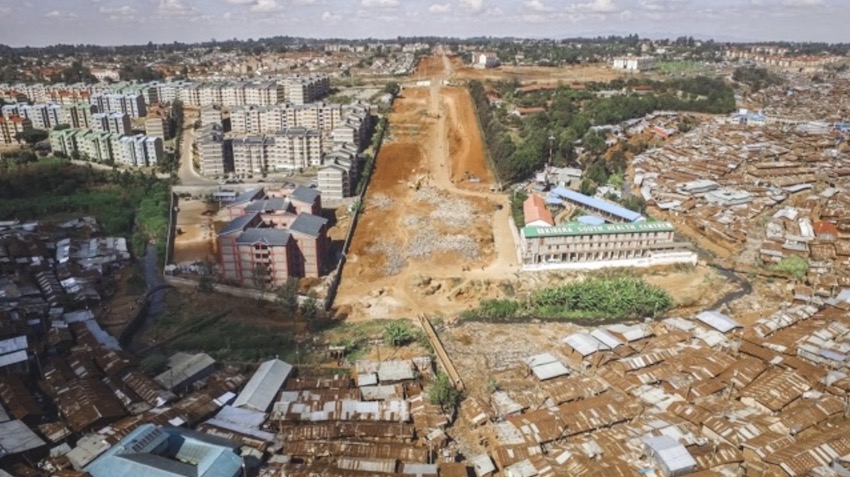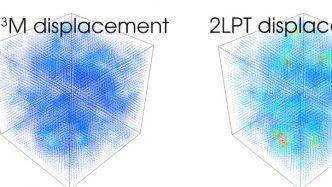- A new deep learning-based model can automatically detect and map informal settlements using low-resolution satellite imagery.
- It can classify what the spectrum of an informal settlement looks like, in a cost-effective manner.
Nearly one-fourth of the world’s urban population lives in informal settlements – locations that are cut off from city infrastructure and basic services. Most houses in these areas do not comply with building regulations and they are situated in environmentally and geographically hazardous regions.
Mapping these regions can help NGOs better serve those in need. This would enable locals to evolve in a significant way and gain a better quality of life. However, mapping such areas is a challenging task and it demands a lot of dedicated human and financial resources.
To address such challenges, an international team of researchers has built a deep learning-based system that can automatically detect and map informal settlements using satellite and aerial imagery that is available free of cost. It takes satellite images as input (in raw-user format) and provides a trained classifier that generates binary maps featuring informal settlements areas.
Cost Effective, Machine Learning-Based Approaches
Researchers developed and extensively validated two machine learning-based methods to identify and map information settlements. One is cost-effective, and the other is cost-prohibitive but is essential for processing contextual information. Together, these methods can classify what the spectrum of an informal settlement looks like.
The first method uses computationally efficient Canonical Correlation Forests (a decision tree ensemble method for classification and regression) to learn spectral signal of informal settlements from low-resolution satellite imagery.
The second method uses a convolution neural network with very high-resolution satellite imagery to extract finder grained features. The team has demonstrated the generalization of proposed methods to identify informal settlements not just in local regions, but globally.
Reference: arXiv:1901.00861
The convolutional neural networks are trained on low-resolution, high-resolution and very high-resolution satellite imagery, using 8 NVIDIA Tesla V100 GPUs with 16GB of memory each. Since achieving very high-resolution is a bit expensive, researchers came up with a cost-effective approach that uses low-resolution satellite imagery.
 Formal and informal settlements in Kibera, Nairobi | Courtesy of researchers
Formal and informal settlements in Kibera, Nairobi | Courtesy of researchers
The team has released two informal settlement benchmarks for low-resolution and very high-resolution satellite imagery, with accompanying ground truths. They have also provided all source code and models on GitHub.
Because of the differences in informal settlements across the world and uncertainties within the ground, this system could be extremely useful for testing transfer learning and meta-learning techniques. Researchers plan to apply Bayesian techniques to characterize uncertainties via probabilistic models.
Moreover, the one-kilometer square area of informal settlements could house more than 129,000 people. Thus, each pixel could represent 13 people. These types of calculations could really help governments and NGOs understand how much aid needs to be provided and how much infrastructure is required.
Read: AI Can Precisely Map Every Building In the United States
Researchers are currently working with UNICEF to collect additional ground truth data and annotations for informal settlements.


